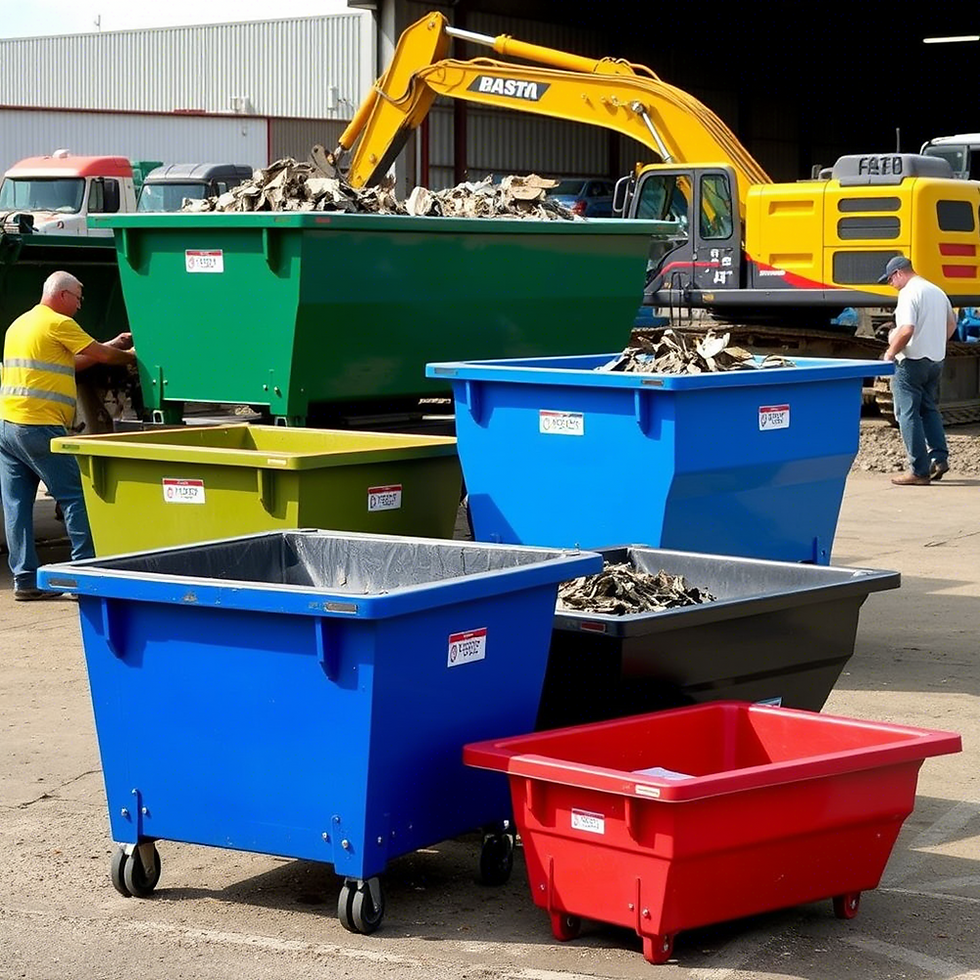Innovation In Sustainable Living: Detailed Analysis Of Off Grid Kit Homes
- Anna Brake
- Jan 8
- 4 min read
Updated: Jun 14
If you've been considering making a change toward a more sustainable lifestyle, you'll find that the decision often sparks more questions than answers. How, for instance, does one transition from a reliance on grid-sourced utilities like water and electricity to a more autonomous, off-grid living situation? Is the process prohibitively expensive, or is it something within reach of the average homeowner? This is where the concept of off-grid kit homes comes into play.
With the recent burst of innovation in sustainable living, it's now possible for homeowners to break away from traditional energies and independent, off-grid lives—nothing short of a revolution in domestic living. Off-grid kit homes are a key player in this intriguing shift, offering a relatively seamless integration of sustainable, self-sufficient concepts into practical, everyday home life.
In today's blog post, we'll pull back the curtain on these kit homes, offering a detailed analysis of why they're such an innovative option for sustainable living, how they work, their major advantages and potential drawbacks, and much more. So buckle up and join us on this rewarding journey to discovering more about the future of eco-conscious, self-sufficient living.
Why Choose An Off-Grid Kit Home?

The decision to move completely off the grid with a kit home is often motivated by unique reasons for different people, but the common denominator is the desire for greater independence and sustainable living. This leaves us with an important question: why should you, as a homeowner, consider an off-grid kit home?
Off-grid kit homes offer several benefits that go far beyond simply being eco-friendly. For one, they offer an unparalleled level of self-sufficiency, which many homeowners find liberating. There's also the peace of mind that comes from knowing you're resilient amidst power outages. And let's not forget about the considerable cost savings from potentially reduced bills for utilities like electricity and water.
These kit homes are also a brilliant way to lessen your impact on the environment. By living off the grid, you can significantly reduce the carbon emissions associated with regular power consumption. That leaves you not just with a lower energy bill, but with a lower carbon footprint, too—a win-win outcome if there ever was one.
How Do Off-Grid Kit Homes Work?
Knowing why you'd want an off-grid kit home is one thing; understanding how they work is another. The functioning of these homes or 'kits' revolves around the interplay of three main elements: solar panels, a storage battery, and an inverter.
The solar panels are fundamental to the functioning of these homes, transforming sunlight into readily usable electricity. This electricity is then stored by the battery, ensuring a stable supply of power even during the night or on cloudy days. The role of the inverter, on the other hand, is to convert the stored battery power into the right form for regular home use.
Together, these power components create a simple, efficient, and self-sustaining alternative to traditional energy sources. With this set-up, homeowners can enjoy a comfortable lifestyle without reliance on the grid.
What Are The Characteristics Of An Off-Grid Kit Home?
The design and features of off-grid kit homes can vary significantly, depending on the brand and model chosen. However, there are certain common characteristics that apply across the board. These homes are typically highly efficient, incorporating the best of sustainable design.
A usually feature is the presence of solar panels, central to harnessing the power of the sun for electricity. Many kits also come with rainwater collection units, allowing homeowners to live without reliance on municipal water supply.
Another characteristic is their adaptability. Off-grid kit homes often feature modular designs, providing homeowners with the flexibility to choose layouts, sizes, and designs that best meet their needs and preferences.
Pros And Cons Of Off-Grid Kit Homes
While off-grid kit homes have several advantages, they also come with their share of challenges. Undeniably, one of the top benefits is the potential savings on energy costs. However, the initial investment to purchase and install the systems can be sizable.
In addition, the transition from a regular home to a kit home often requires a period of adjustment. Tasks such as managing power usage in accordance with available sunlight require careful planning and execution.
Despite these challenges, however, the cons are far outweighed by the rewards of living off the grid, including greater independence, resilience, and the satisfaction of living more sustainably.
A Look At Leading Brands Of Off-Grid Kit Homes

As the demand for sustainable living continues to grow, so has the market for off-grid kit homes. A few notable brands have emerged as leaders in the field, offering interesting model homes with innovative attributes. Some of these leading brands include Ecokit, Arkifire, Modscape, and Imagine Kit Homes.
These brands offer a wide variety of house designs and sizes. From small, minimalist models to luxurious retreats, there's an off-grid home for all preferences and budgets.
In Conclusion
Off grid kit homes, indeed, have revolutionised sustainable living, merging modern conveniences with eco-friendly features. Such homes are not just about heating systems and solar panels; they represent a new era of simplified, responsible living.
Indeed, while the initial capital required can be high, the potential savings over time, both financial and environmental, make them a highly attractive proposition for those ready to make the transition. As we look toward the future of home living, it’s clear that innovation will continue to drive the creation of smarter, more sustainable ways to live—and off-grid kit homes are at the forefront of this exciting shift.




Comments